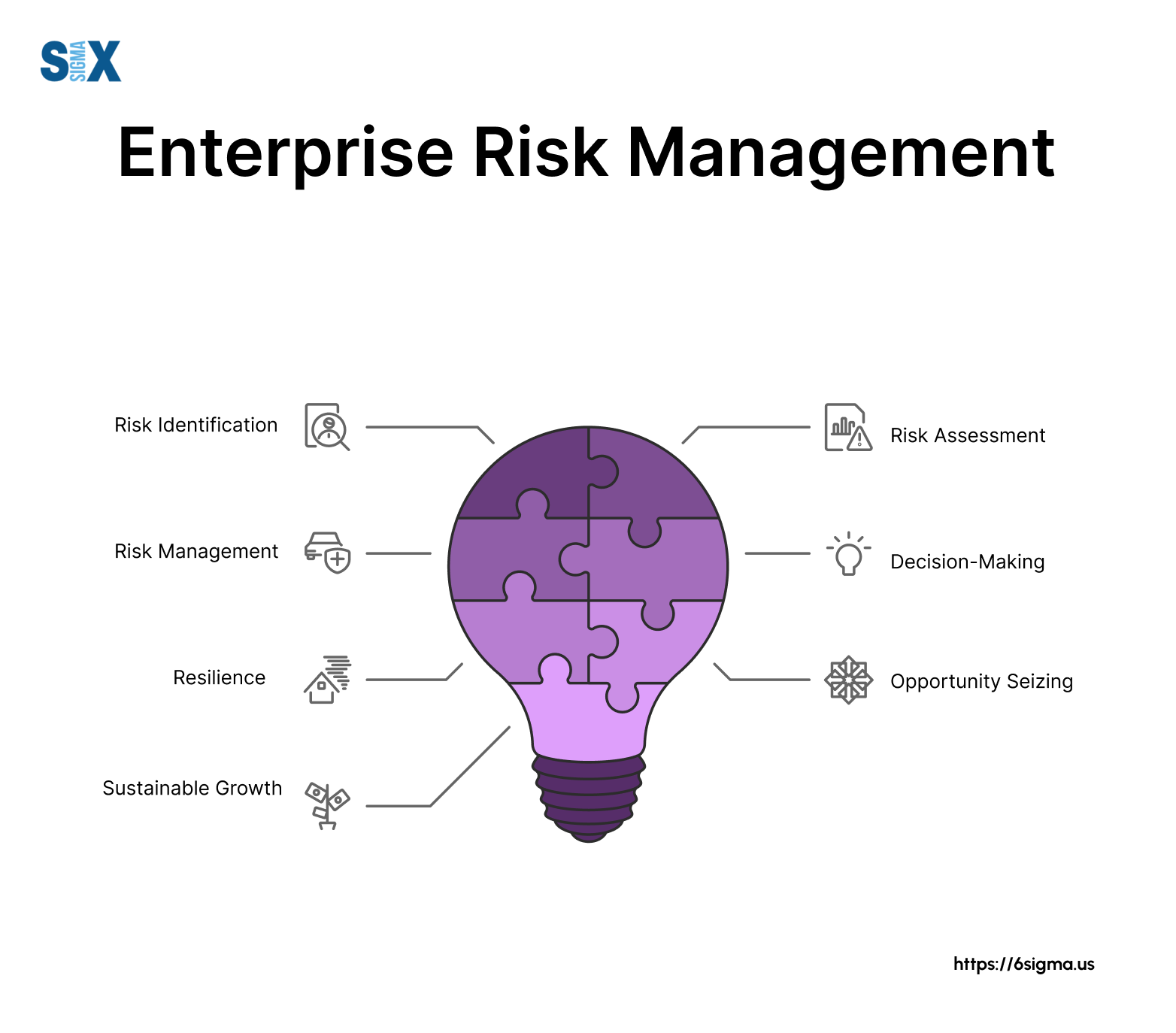Exploring the Expanding Importance of Risk Management in Corporate Strategy
Exploring the Expanding Importance of Risk Management in Corporate Strategy
Blog Article
Discovering the Importance of Risk Management for Effective Decision-Making Strategies
In the detailed world of organization, Risk Management becomes an important variable in the decision-making procedure. The capacity to recognize possible threats and possibilities, and strategize as necessary, can spell the distinction between success and failing. With devices such as SWOT and PESTEL, organizations are furnished to make educated selections, cultivating durability and versatility in an ever-changing atmosphere. Wondering how this functions? Let's unload the dynamics better.
Comprehending the Idea of Risk Management
Risk Management, an essential element in decision-making, is frequently misconstrued or oversimplified. Risk Management involves structured and self-displined techniques, utilizing data and insightful assessments. From economic unpredictabilities, lawful responsibilities, critical Management mistakes, to crashes and all-natural catastrophes, it resolves numerous dangers - importance of risk management.
The Role of Risk Management in Decision-Making Processes
In the world of strategic planning and organization operations, Risk Management plays an essential role in decision-making processes. Risk Management therefore comes to be an important device in decision-making, aiding leaders to make enlightened choices based on a comprehensive understanding of the risks included. Risk Management serves as an important component in the decision-making procedures of any company.

Just How Risk Management Improves Strategic Planning
In the context of critical planning, Risk Management plays an essential function. Initiating with the recognition of prospective dangers, it even more reaches the execution of Risk mitigation measures. The function of Risk Management is dynamic but not fixed, as it requires consistent monitoring and adjusting of methods.
Identifying Potential Dangers

Carrying Out Risk Reduction
Having established the relevance of determining possible risks, the following step is to check out Risk reduction. This procedure involves establishing and implementing methods to take care of identified threats effectively. It is a crucial facet of strategic planning as it enhances decision-making by minimizing potential negative results. Risk reduction methods can vary from Risk avoidance, Risk transfer, to take the chance of reduction. Each approach ought to be tailored to the certain Risk, considering its prospective impact and the organization's Risk tolerance. In addition, effective Risk mitigation needs a deep understanding of the Risk landscape and the prospective influence of each Risk. This understanding makes it possible for companies to prioritize risks and allot resources efficiently, making certain that one of the most considerable threats are resolved first.
Surveillance and Adjusting Techniques
Though Risk reduction is an essential action in tactical planning, continuous tracking and modification of these methods is just as essential. This continuous procedure allows companies to recognize new risks and reassess existing ones, guaranteeing the implemented techniques remain efficient in the ever-changing organization setting. It likewise provides a possibility to evaluate the success of the Risk Management procedures, permitting changes to be made where needed, further boosting critical planning. Efficient surveillance and change call for the use of analytics and vital efficiency signs (KPIs) to determine effectiveness. These tools supply valuable data-driven understandings that can notify Read Full Article tactical decision-making. As a result, surveillance and adjusting Risk Management techniques is a vital component for improving an organization's resilience and tactical preparation.
Situation Researches: Effective Risk Management and Decision-Making
In the globe of business and finance, successful Risk Management and decision-making usually serve as the pillars of thriving ventures. These cases highlight the worth of astute Risk Management in decision-making procedures. These instances underscore the critical role of Risk Management in calculated decision-making.
Tools and Techniques for Effective Risk Management
Navigating the complex maze of Risk Management calls for the right collection of devices and methods. These tools, such as Risk registers and heat maps, help in identifying and evaluating prospective risks. Techniques include both quantitative approaches, like sensitivity evaluation, and qualitative techniques, such as SWOT analysis. These assistance in focusing on dangers based upon their advice prospective impact and likelihood. Risk feedback approaches, an essential part of Risk Management, involve approving, staying clear of, transferring, or mitigating threats. Tracking and controlling dangers, via routine audits and evaluations, guarantee that the approaches stay efficient. With these methods and devices, decision-makers can navigate the complicated landscape of Risk Management, therefore assisting in notified and effective decision-making.
Future Trends in Risk Management and Decision-Making Approaches
As we explore the large landscape of Risk Management, it ends up being apparent that the devices and methods utilized today will continue to develop. Future fads point towards a raised reliance on technology, with artificial intelligence and machine knowing playing considerable duties. These innovations will certainly allow organizations to predict prospective dangers with better accuracy and make more informed choices. In addition, there will certainly be a growing emphasis on strength, not simply in managing dangers yet likewise in jumping back from damaging scenarios. The idea of Risk society, where every member of a company is mindful and involved in Risk Management, will gain extra importance. These patterns advertise an even more inclusive and positive technique towards Risk Management and decision-making.
Final thought

Risk Management thus becomes an essential device in decision-making, assisting leaders to make informed options based on a detailed understanding of the risks entailed. Risk mitigation approaches can range from Risk evasion, Risk transfer, to take the chance of decrease (importance of original site risk management). Reliable Risk reduction calls for a deep understanding of the Risk landscape and the possible effect of each Risk. Risk action strategies, a key component of Risk Management, entail approving, preventing, transferring, or mitigating dangers. The concept of Risk society, where every participant of a company is conscious and entailed in Risk Management, will acquire a lot more importance
Report this page